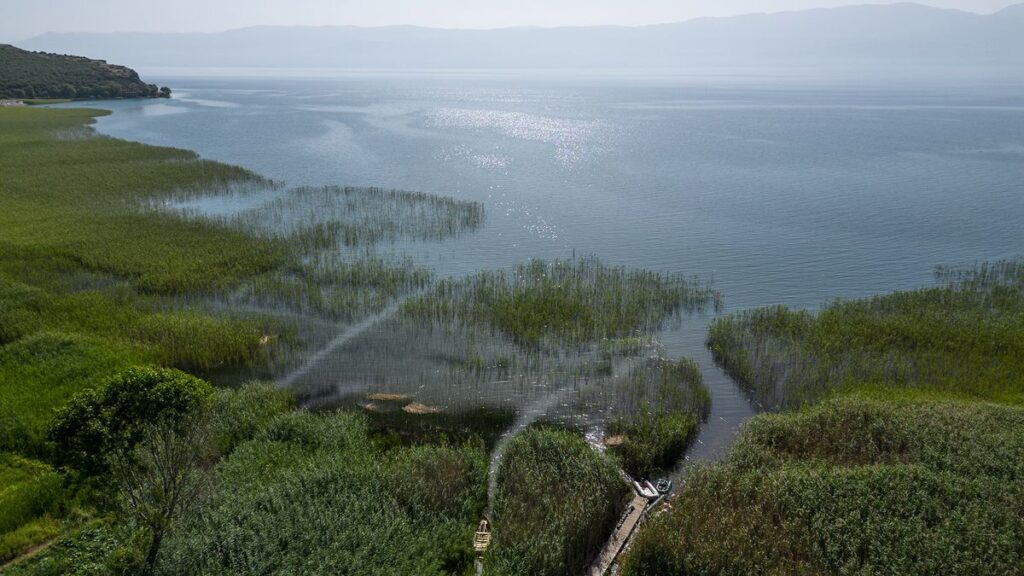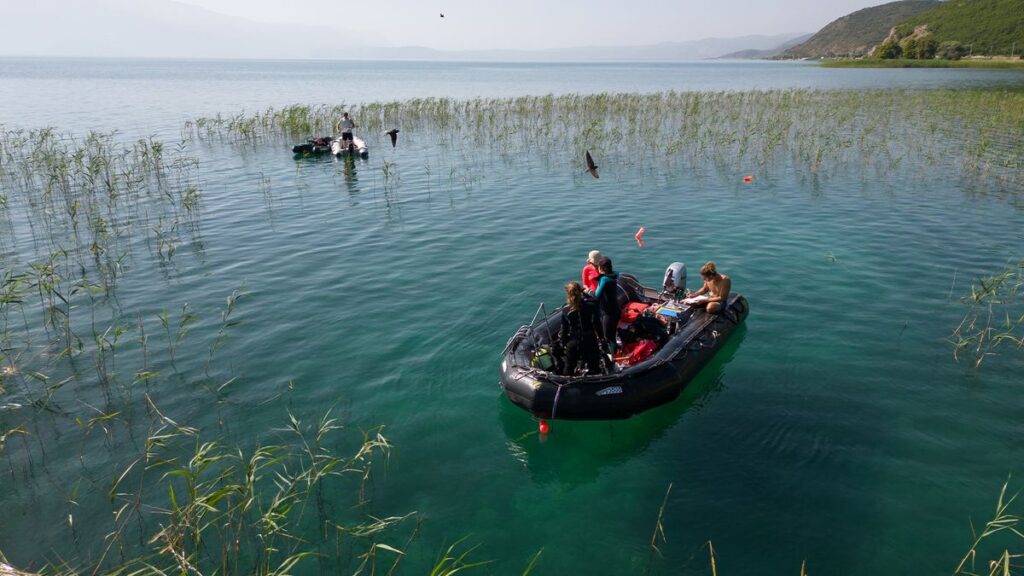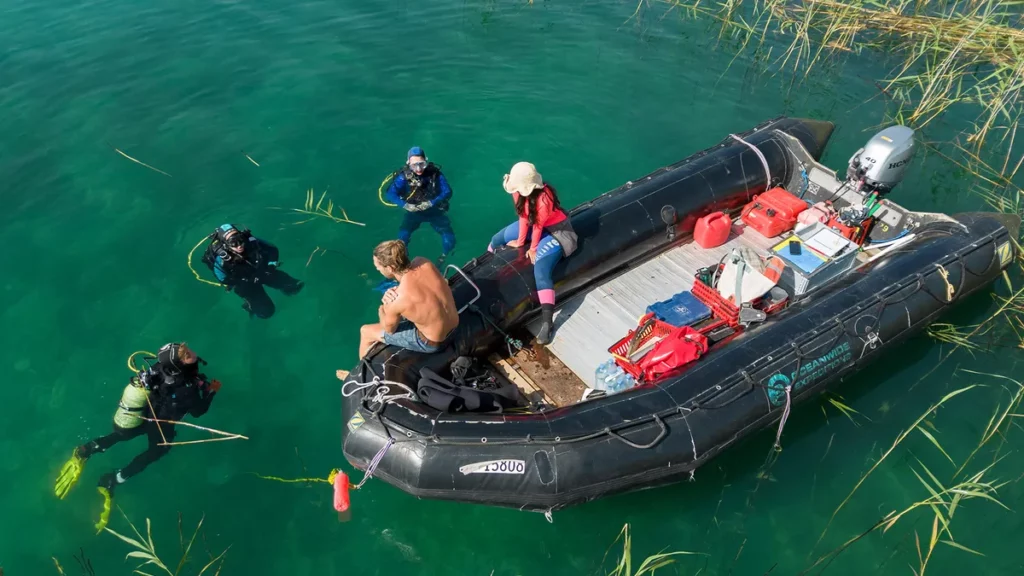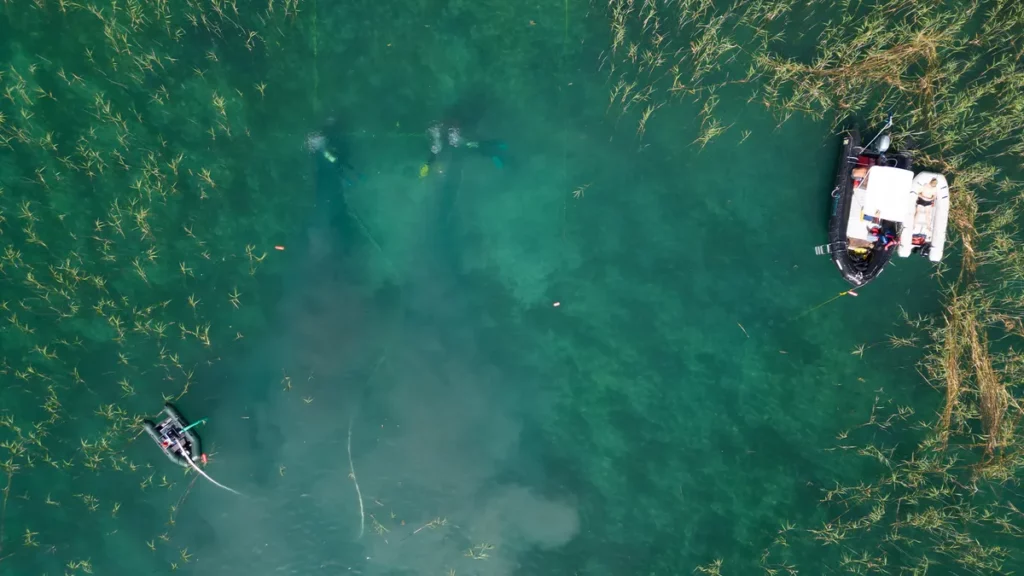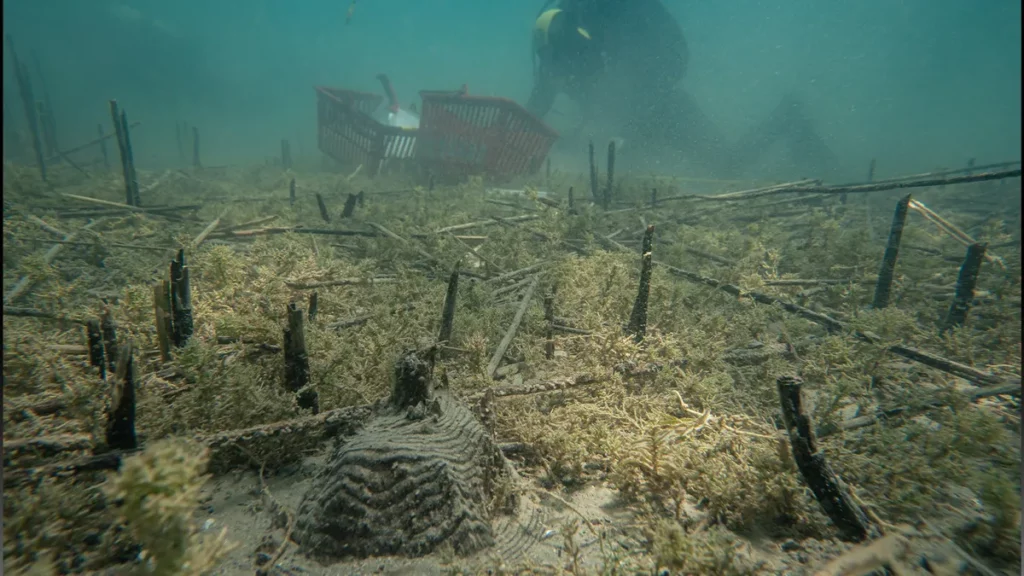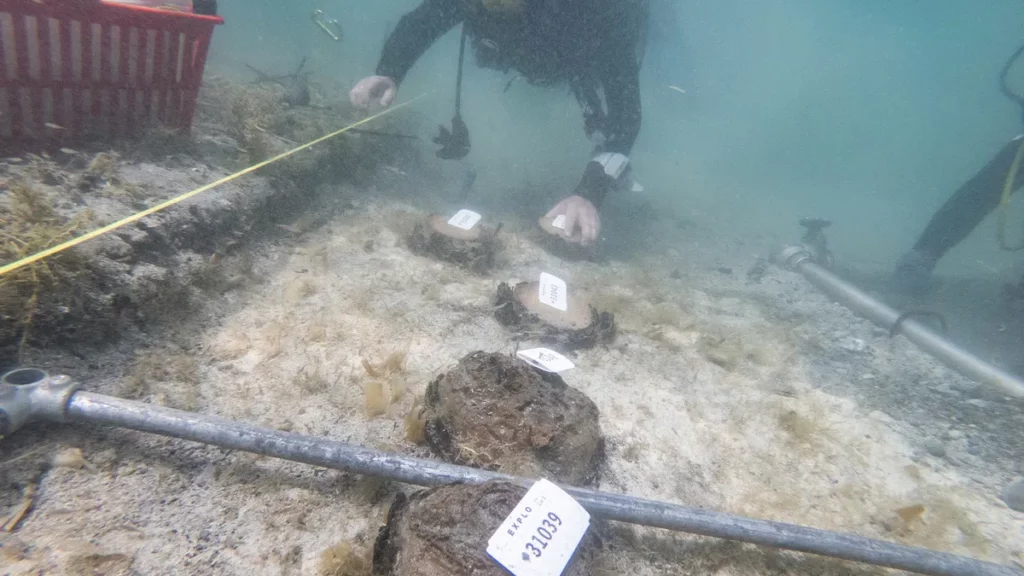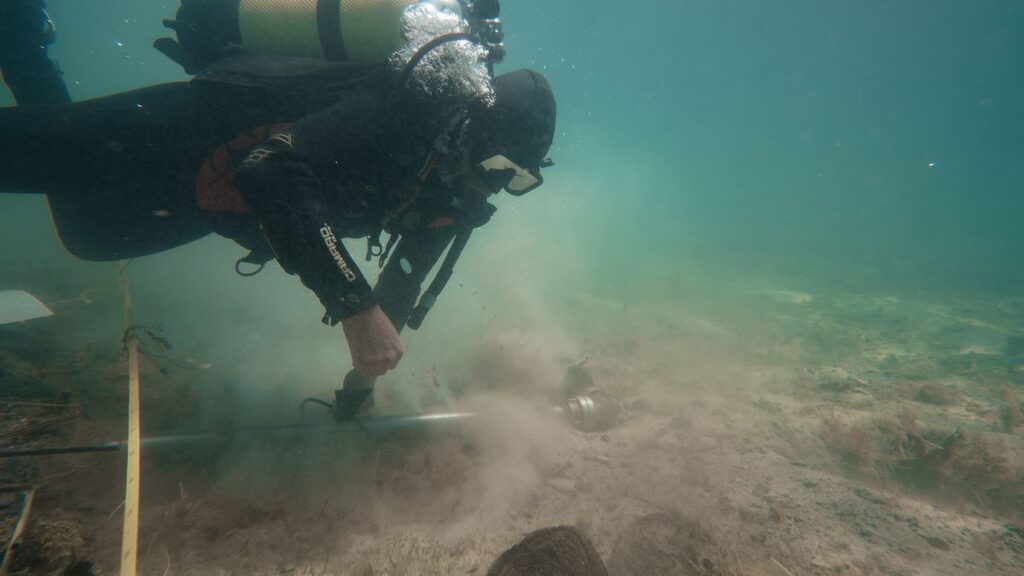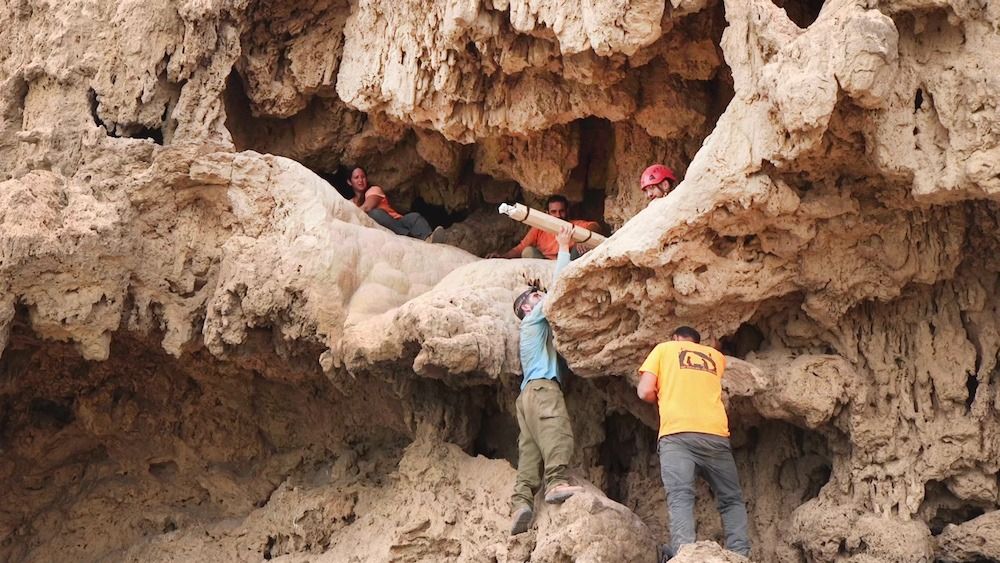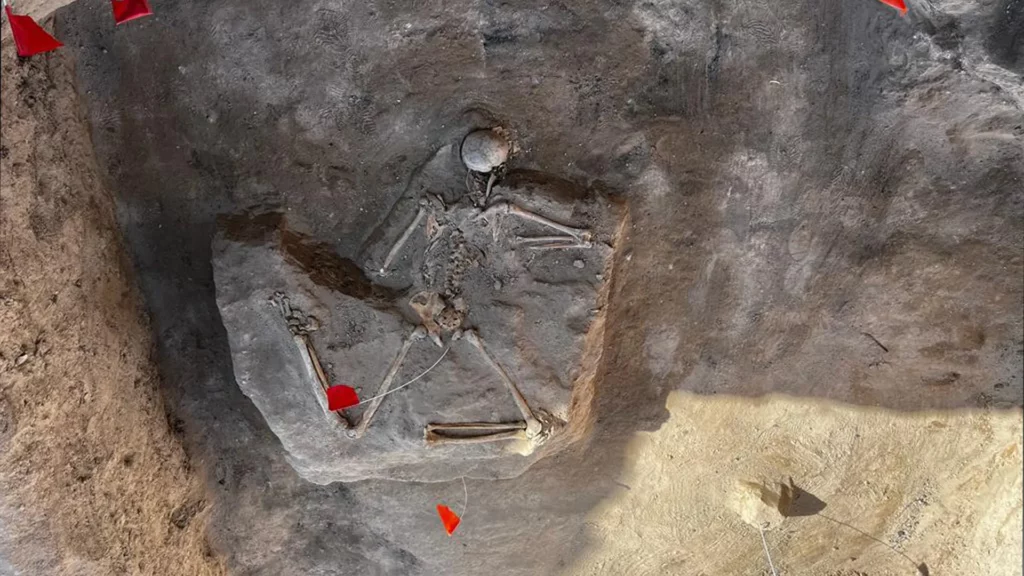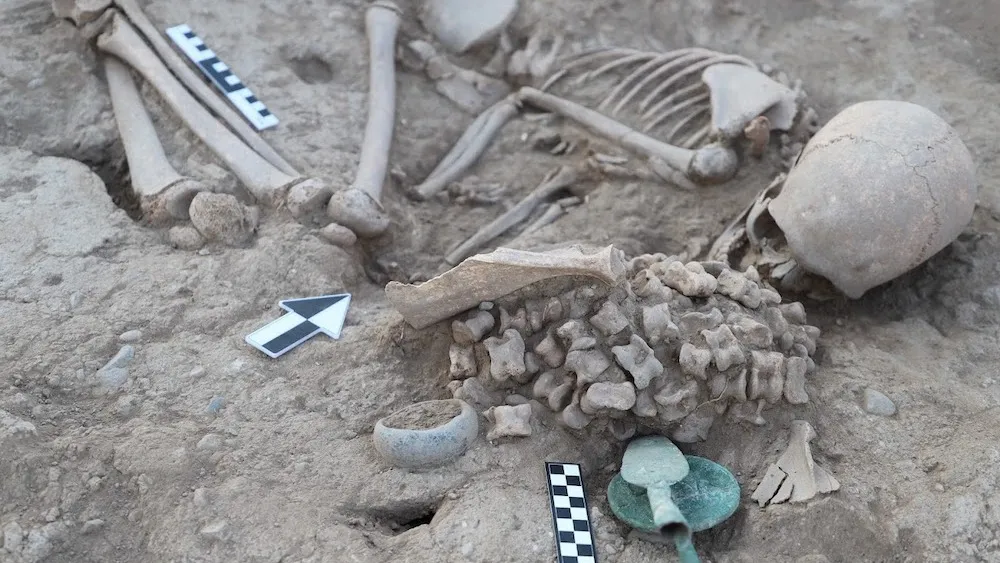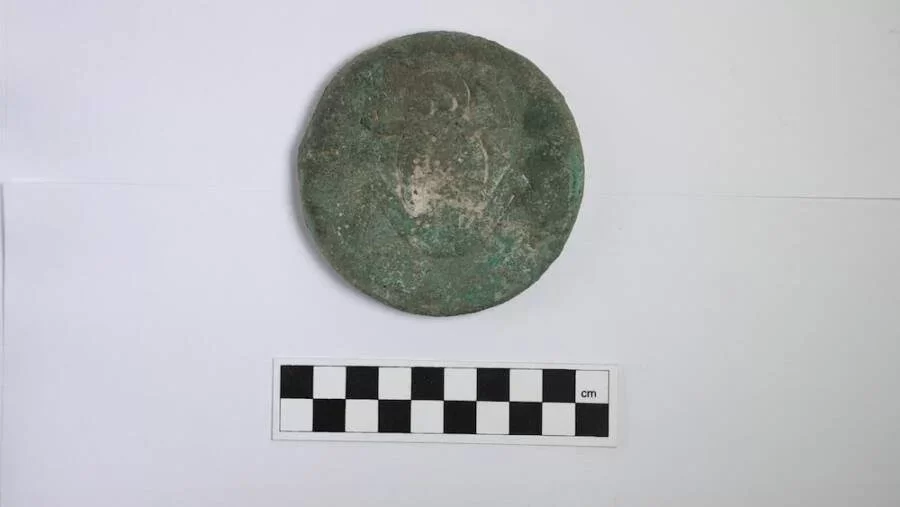New Discovery Reveals Why And When The Sahara Desert Was Green
A pioneering study has shed new light on North African humid periods that have occurred over the past 800,000 years and explains why the Sahara Desert was periodically green.

The research, published in Nature Communications, showed periodic wet phases in the Sahara were driven by changes in Earth’s orbit around the sun and were suppressed during the ice ages.
For the first time, climate scientists simulated the historic intervals of ‘greening’ of the Sahara, offering evidence for how the timing and intensity of these humid events were also influenced remotely by the effects of large, distant, high-latitude ice sheets in the Northern Hemisphere.
Lead author Dr. Edward Armstrong, a climate scientist at the University of Helsinki and University of Bristol, said, “The cyclic transformation of the Sahara Desert into savannah and woodland ecosystems is one of the most remarkable environmental changes on the planet.”
“Our study is one of the first climate modeling studies to simulate the African Humid Periods with comparable magnitude to what the paleoclimate observations indicate, revealing why and when these events occurred.”
There is widespread evidence that the Sahara was periodically vegetated in the past, with the proliferation of rivers, lakes and water-dependent animals such as hippos, before it became what is now desert.
These North African Humid Periods may have been crucial in providing vegetated corridors out of Africa, allowing the dispersal of various species, including early humans, around the world.
The so-called “greenings” are thought to have been driven by changes in Earth’s orbital conditions, specifically Earth’s orbital precession. Precession refers to how Earth wobbles on its axis, which influences seasonality (i.e., the seasonal contrast) over an approximate 21,000-year cycle. These changes in precession determine the amount of energy received by the Earth in different seasons, which in turn controls the strength of the African Monsoon and the spread of vegetation across this vast region.
A major barrier to understanding these events is that the majority of climate models have been unable to simulate the amplitude of these humid periods, so the specific mechanisms driving them have remained uncertain.
This study deployed a recently-developed climate model to simulate the North African Humid periods to greatly advance understanding of their driving mechanisms.
The results confirm the North African Humid Periods occurred every 21,000 years and were determined by changes in Earth’s orbital precession. This caused warmer summers in the Northern Hemisphere, which intensified the strength of the West African Monsoon system and increased Saharan precipitation, resulting in the spread of savannah-type vegetation across the desert.
The findings also show the humid periods did not occur during the ice ages, when there were large glacial ice sheets covering much of the high latitudes. This is because these vast ice sheets cooled the atmosphere and suppressed the tendency for the African monsoon system to expand.
This highlights a major teleconnection between these distant regions, which may have restricted the dispersal of species, including humans, out of Africa during the glacial periods of the last 800,000 years.
Co-author Paul Valdes, Professor of Physical Geography at the University of Bristol, said, “We are really excited about the results. Traditionally, climate models have struggled to represent the extent of the ‘greening’ of the Sahara. Our revised model successfully represents past changes and also gives us confidence in their ability to understand future change.”

The research, including climate scientists from the University of Birmingham, is part of a project at the University of Helsinki, which studies the impacts of climate on past human distributions and evolution of their ecological niche.
Co-author Miikka Tallavaara, Assistant Professor of Hominin Environments at the University of Helsinki, said, “The Sahara region is kind of a gate controlling the dispersal of species between both North and Sub-Saharan Africa, and in and out of the continent.”
“The gate was open when Sahara was green and closed when deserts prevailed. This alternation of humid and arid phases had major consequences for the dispersal and evolution of species in Africa.
Our ability to model North African Humid periods is a major achievement and means we are now also better able to model human distributions and understand the evolution of our genus in Africa.”

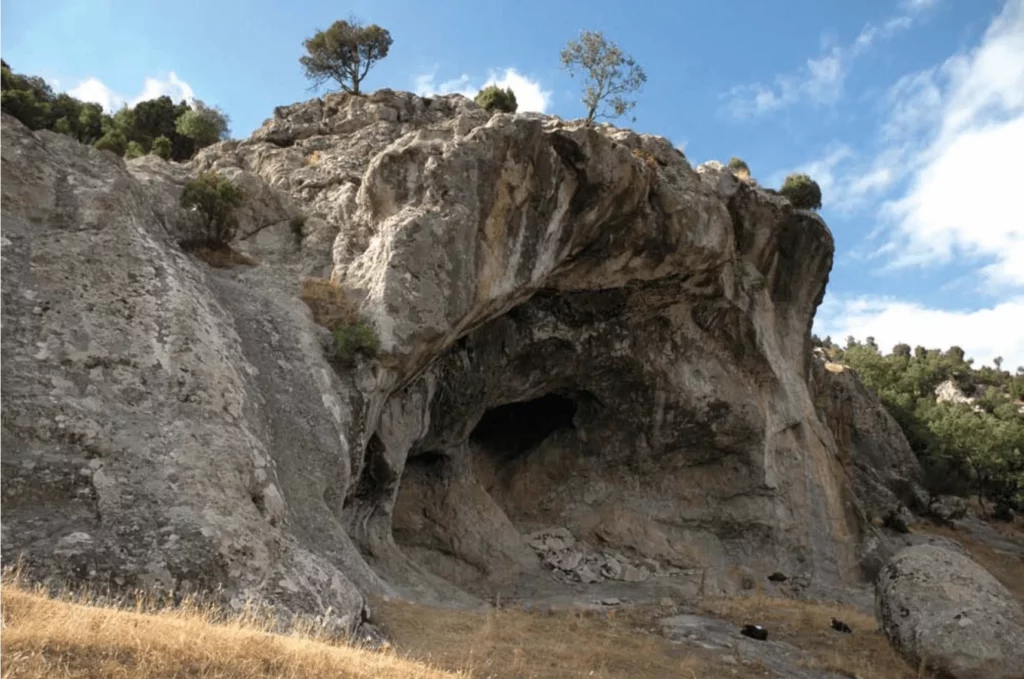
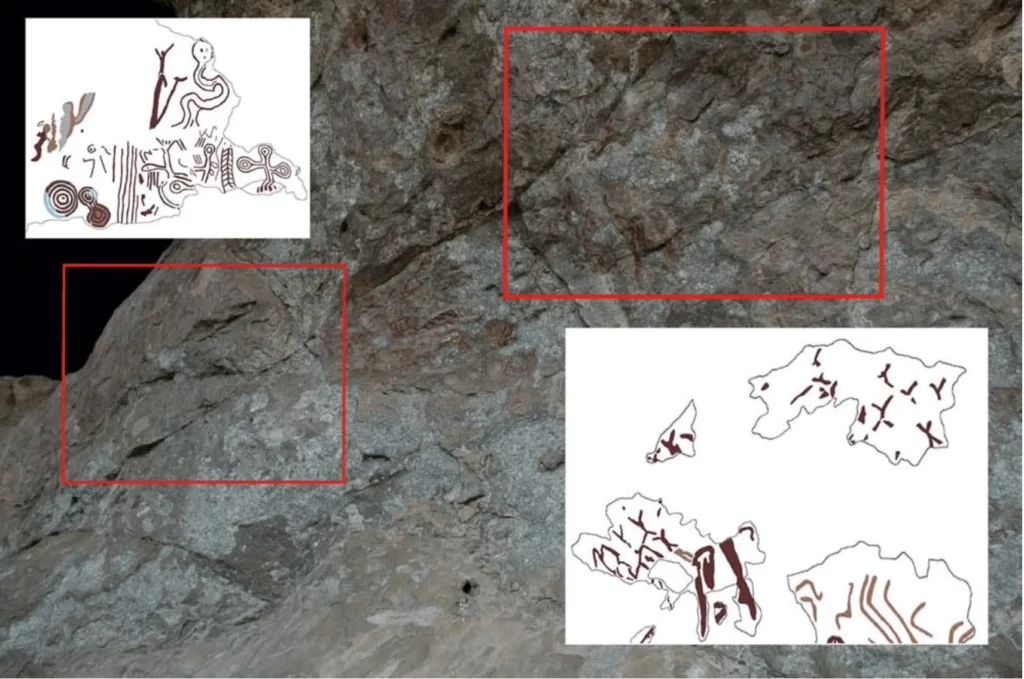
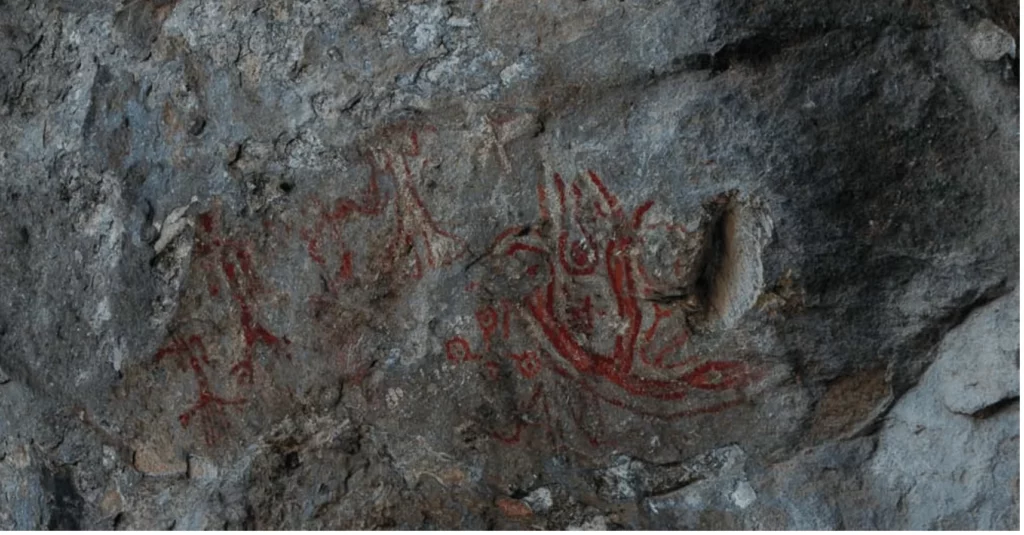
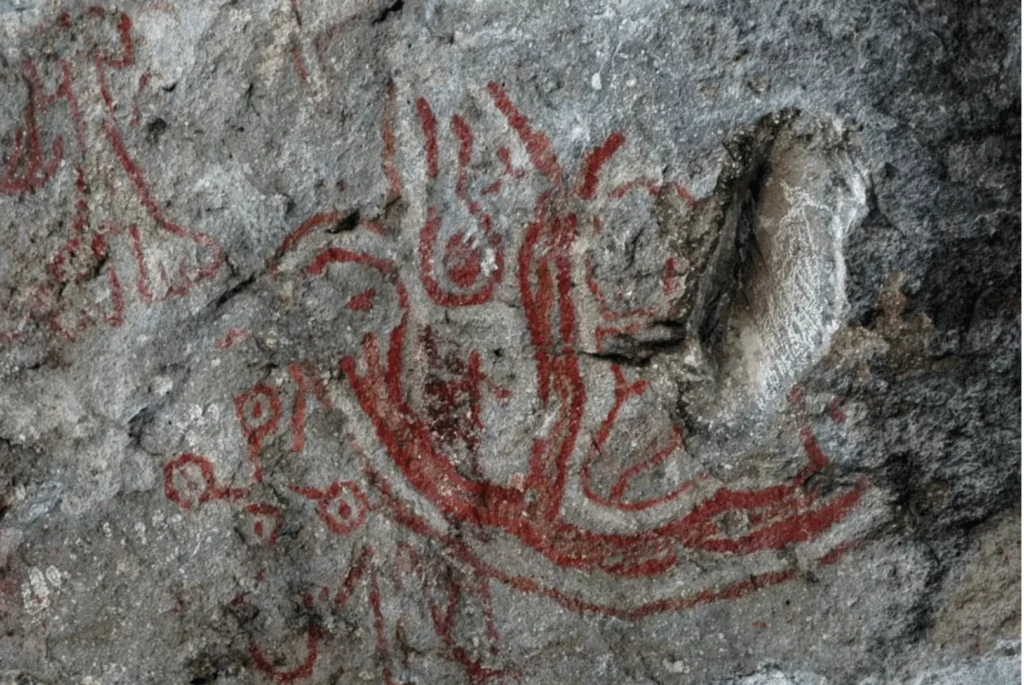


![Europe's oldest known village teetered on stilts over a Balkan lake 8,000 years ago Archaeologists in the Balkans have discovered the likely remains of an 8,000-year-old village built out over an ancient lake — the earliest-known village of any kind in Europe. The lake, located on the border between Albania and North Macedonia, holds hundreds of tree-trunk stilts that the archaeologists believe formed the foundations of the prehistoric village. The researchers can't yet estimate the settlement's original size — but their discovery of a defensive palisade of tens of thousands of wooden spikes, now underwater, indicates the village was relatively large. Albert Hafner, an archaeologist at the University of Bern in Switzerland who led the excavations, told Live Science that divers sampled wood from the submerged tree trunks and wooden spikes near the Albanian village of Lin on the western shore of Lake Ohrid a few weeks ago. The results of dating tests won't be available for months. But Hafner said the submerged wood is probably the same age as wooden foundations unearthed on the shore, which his team determined date from between 5800 B.C. and 5900 B.C. This would mean it's the oldest settlement archaeologists have found anywhere in Europe, he said. Hafner's team also found evidence of similar "pile dwellings" built over the water at the underwater prehistoric site of Ploča Mičov Grad on the eastern shore of the lake — part of North Macedonia — but those remains date to a few hundred years later. It now seems both villages were built on opposite sides of the lake in phases over hundreds of years, and that the later building phases had obscured the earliest, he said. "It seems to be quite typical that we have multiple phases of settlements, with sometimes long gaps in between," he said. "It now looks like Lin dates mostly from the sixth millennium [B.C.] in several phases, starting in about 5900 and ending in 5000." First farmers Hafner has led the EXPLO project for several years, examining lakes in the Balkans for traces of settlers from Anatolia — now Turkey — to Europe about 8,000 years ago. They are thought to be the first people to bring farming to Europe from around Mesopotamia. The early farmers interbred with hunter-gatherers who had already occupied Europe since about 45,000 years ago during the Upper Palaeolithic period, and who probably arrived from Africa via the eastern shores of the Mediterranean. And both ancestries interbred with nomadic proto-Indo-European peoples like the Yamnaya, who arrived in Europe from the Eurasian Steppe about 5,000 years ago. Most modern Europeans show a genetic mix of all three ancestries. Hafner explained that the many large lakes in the Balkans region held clear traces of the early migration from Anatolia. Lake dwellers Hafner's team has so far investigated more than half a dozen sites across the Balkans. Research into some of the lake settlements was conducted in the 1960s. But the latest excavations use refined techniques like very accurate radiocarbon dating and dendrochronology, which can determine when logs of wood were felled by looking at tree growth rings, Hafner said. Most of the former piles and stilts underwater near Lin are now covered by silt, but a few protrude from the lake floor. And archaeologists are unsure if the settlement was built in deep water or above mostly marshy ground. Ancient people were likely drawn to the lakes because of water and plants there. But exactly why prehistoric people chose to build their houses on piles or stilts above a lake or wetland isn't clear — though the practice is seen throughout Europe, from the Balkans to the Baltic. Hafner thinks that under normal conditions, it would have been easy to get between houses with dugout canoes. But the large palisade of wooden spikes indicates the village was sometimes attacked, he said; and houses on the water were more easily defended (although perhaps not always successfully).](https://archaeology-world.com/wp-content/uploads/2023/09/Balkan-lake-1.1-1038x576.webp)
![Europe's oldest known village teetered on stilts over a Balkan lake 8,000 years ago Archaeologists in the Balkans have discovered the likely remains of an 8,000-year-old village built out over an ancient lake — the earliest-known village of any kind in Europe. The lake, located on the border between Albania and North Macedonia, holds hundreds of tree-trunk stilts that the archaeologists believe formed the foundations of the prehistoric village. The researchers can't yet estimate the settlement's original size — but their discovery of a defensive palisade of tens of thousands of wooden spikes, now underwater, indicates the village was relatively large. Albert Hafner, an archaeologist at the University of Bern in Switzerland who led the excavations, told Live Science that divers sampled wood from the submerged tree trunks and wooden spikes near the Albanian village of Lin on the western shore of Lake Ohrid a few weeks ago. The results of dating tests won't be available for months. But Hafner said the submerged wood is probably the same age as wooden foundations unearthed on the shore, which his team determined date from between 5800 B.C. and 5900 B.C. This would mean it's the oldest settlement archaeologists have found anywhere in Europe, he said. Hafner's team also found evidence of similar "pile dwellings" built over the water at the underwater prehistoric site of Ploča Mičov Grad on the eastern shore of the lake — part of North Macedonia — but those remains date to a few hundred years later. It now seems both villages were built on opposite sides of the lake in phases over hundreds of years, and that the later building phases had obscured the earliest, he said. "It seems to be quite typical that we have multiple phases of settlements, with sometimes long gaps in between," he said. "It now looks like Lin dates mostly from the sixth millennium [B.C.] in several phases, starting in about 5900 and ending in 5000." First farmers Hafner has led the EXPLO project for several years, examining lakes in the Balkans for traces of settlers from Anatolia — now Turkey — to Europe about 8,000 years ago. They are thought to be the first people to bring farming to Europe from around Mesopotamia. The early farmers interbred with hunter-gatherers who had already occupied Europe since about 45,000 years ago during the Upper Palaeolithic period, and who probably arrived from Africa via the eastern shores of the Mediterranean. And both ancestries interbred with nomadic proto-Indo-European peoples like the Yamnaya, who arrived in Europe from the Eurasian Steppe about 5,000 years ago. Most modern Europeans show a genetic mix of all three ancestries. Hafner explained that the many large lakes in the Balkans region held clear traces of the early migration from Anatolia. Lake dwellers Hafner's team has so far investigated more than half a dozen sites across the Balkans. Research into some of the lake settlements was conducted in the 1960s. But the latest excavations use refined techniques like very accurate radiocarbon dating and dendrochronology, which can determine when logs of wood were felled by looking at tree growth rings, Hafner said. Most of the former piles and stilts underwater near Lin are now covered by silt, but a few protrude from the lake floor. And archaeologists are unsure if the settlement was built in deep water or above mostly marshy ground. Ancient people were likely drawn to the lakes because of water and plants there. But exactly why prehistoric people chose to build their houses on piles or stilts above a lake or wetland isn't clear — though the practice is seen throughout Europe, from the Balkans to the Baltic. Hafner thinks that under normal conditions, it would have been easy to get between houses with dugout canoes. But the large palisade of wooden spikes indicates the village was sometimes attacked, he said; and houses on the water were more easily defended (although perhaps not always successfully).](https://archaeology-world.com/wp-content/uploads/2023/09/Balkan-lake-1.1-1024x576.webp)
